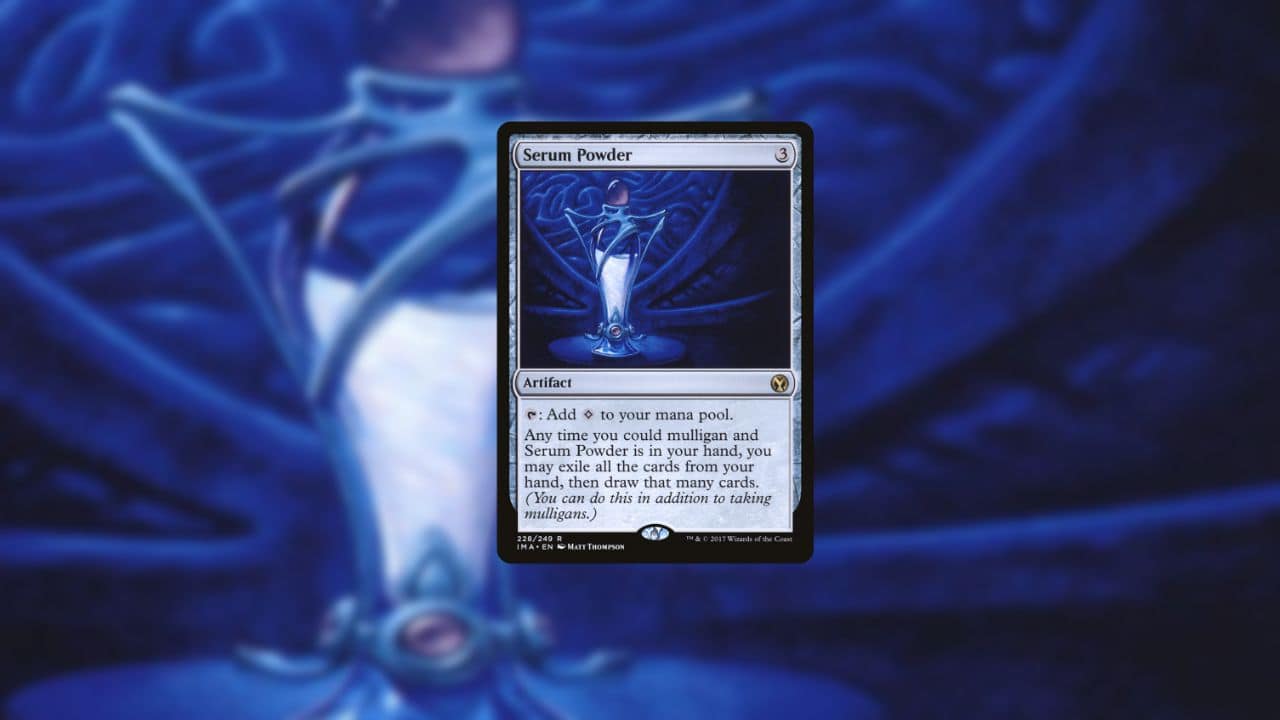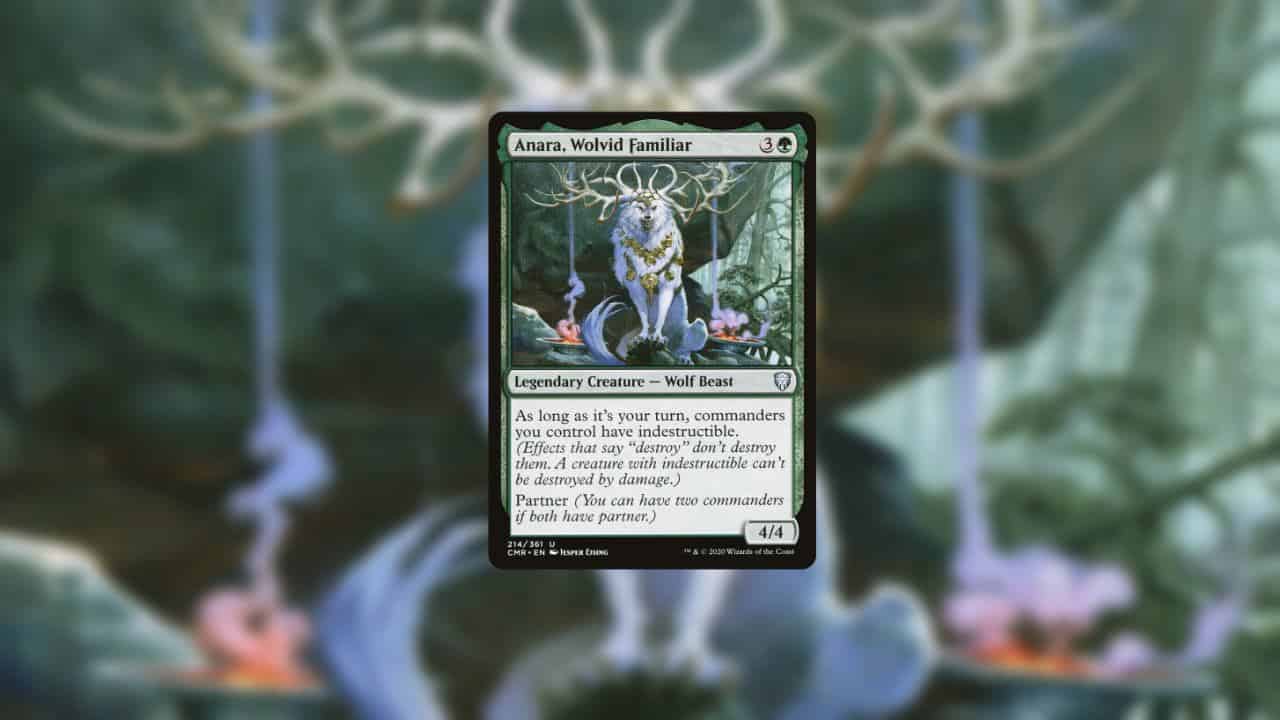Video Gamer is reader-supported. When you buy through links on our site, we may earn an affiliate commission. Prices subject to change. Learn more
Every trading card game has a special rule regarding mulligans. Some do not use them at all, and others are forced onto the player, depending on what their opening hand contains. In this guide we will be diving into how to mulligan in Magic the Gathering.
In Magic: The Gathering terms, a mulligan refers to shuffling your hand back into your library and drawing a brand new hand of seven cards. Magic players have the option to mulligan as much or as little as they want. It is a big part of the game, and despite how simple it seems, there are intricacies on how to mulligan.
What is Mulligan in Magic the Gathering?
When a game of Magic starts, you draw seven cards for your starting hand. The player who goes first determines if they want to mulligan or keep their hand and then the opponent decides the same. This trades back and forth until both players decide to keep their hands.
If you decide to mulligan, you shuffle all seven cards back into the deck and draw seven cards again. You can mulligan as many times as you like, however, for each mulligan you have to return one card from the hand you kept to the bottom of your deck. So, if you mulligan twice before deciding to keep your hand you must return two cards to the bottom of your library.
How does Mulligan work in MTG?

Mulliganing is a staple of Magic, and learning how to mulligan properly is vital to elevate your gameplay to the next level. There are a few obvious times to mulligan, such as when you have no lands in your hand since that prevents you from playing the game at all. Even having only one land is generally enough to mulligan. The exception to this is if your deck has a very low mana curve and you can play cards from your hand on the first turn.
In most decks, you will want at least two lands in your starting hand, although three is more ideal. What you never want to see is nothing but lands. If you have five or six lands, it is better to mulligan the hand away. Even if you have a card that is powerful in your hand and nothing else but lands, it is not worth keeping. In every format, there are cards that can force you to discard a card from your hand so you can lose the one card that made your hand good.
How to decide to Mulligan or not
When deciding to mulligan, it is important to be able to cast spells. If you have a good number of lands, but spells you can’t cast until much later in the game the hand is not worth keeping. This is because your opponent can play their deck without you ever being able to interact with it. If you’re playing against an aggro deck, you will lose the game before you even have a chance to play a spell.
The Ideal Hand
The best hand you can ask for is two to three lands depending on if you are playing a low or high mana curve. This hand will also have a few spells that would be able to cast within the first few turns.
What is the rule of The Mulligan in MTG?
Mulliganing has different philosophies depending on if you are going first or second. If you go first, you do not draw a card on your first time. This means you will start the game with even fewer cards than your opponent. However, if you are going second, mulliganing does not hurt as badly since you get to draw a card when you start your turn to begin to recover in card advantage. When it comes to mulligans, going second has the advantage over who goes first. This is why the starting player chooses to mulligan first or not. If your opponent had to mulligan and your hand is not amazing, you will be able to mulligan safer since you will start with the same amount of cards as your opponent.
How does Mulligan work with specific formats?

There are a few differences in how mulligans work depending on the format. Commander has its own mulligan rules. The biggest difference is that every player gets one free mulligan. After the first mulligan, the mulligan rules follow the same rules as other usual. Each extra mulligan after the first will cause you to return that many cards to the bottom of the library. This is also true for the Oathbreaker, Brawl, and Historic Brawl formats.
Mulligan For A Good Game
Commander is a casual format. Outside of tournaments, some playgroups will allow as many mulligans as you want until you have a playable hand for no drawback. This is to ensure that everyone will have a fun game and will be able to actually play their decks rather than forcing themselves to keep weak hands that do little to nothing. It is on an “honor system” because it is on the player to not keep mulliganing until they have the best hand possible. Not every playgroup does things this way and follows the traditional mulligan rule. It is important to discuss this before the game begins during power level and “rule zero” discussions.
Mulligans follow a different philosophy in Limited formats. Since these formats are more unpredictable compared to constructed formats, it is important to keep hands that may be on the weaker side. Limited formats tend to have both players using all their resources, and it is not uncommon for both players to have no playable cards in their hand and hoping to draw something that pushes the game in their favor. You still want at least three lands in your hand, but the spells are generally less important unless they all are late-game cards. Mulliganing in Limited formats should be kept to a minimum unless you have nothing but lands or no lands in your starting hand.
That is everything you need to know about how to mulligan. Properly mulliganing is an important factor in elevating your game to a higher level. It is important to make sure you have a playable hand at all times, and mulligans are a way to make sure that you are starting the game with cards you can use. For more tips on building decks, check out our other guides, how to draft in MTG and how to build a deck.

